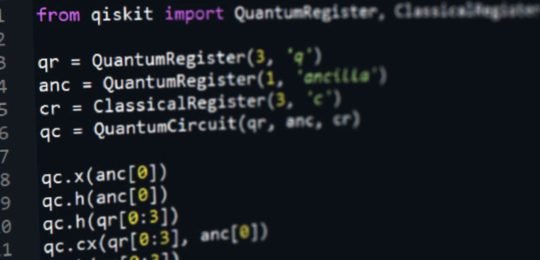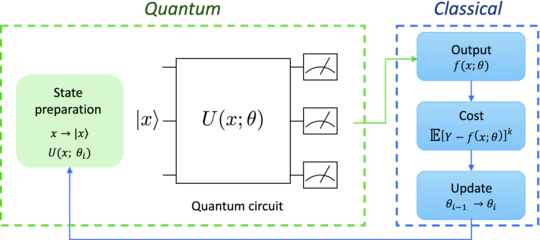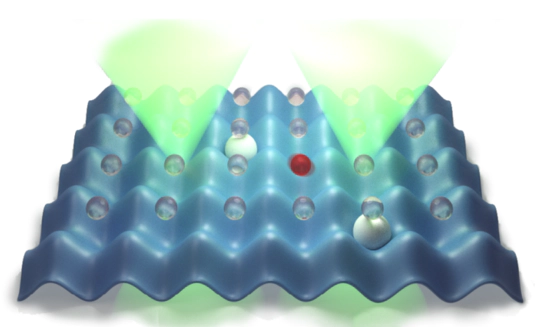Constantine Quantum Technologies
Collaborative research group
We intend to understand quantum systems and mimic their properties on classical and quantum simulators.
Supported by the African Research Initiative for Scientific Excellence (ARISE).
Research
Topological Quantum Computing aims at achieving fault-tolerant quantum computing at the hardware level. It makes use of two-dimensional quasi-particles called “Anyons” to encode qubits.
Quantum programming languages allow us to communicate with quantum hardware without directly programming them. Either by using these languages or by improving them, we can be active contributors to the field.
Quantum algorithms revolutionize computing, offering remarkable speedups and efficiency. Tailored variational quantum algorithms (VQAs), like VQE, address NISQ device limitations. These algorithms have the potential to maximize the capabilities of NISQ devices and pave the way for transformative advancements in various fields.
Quantum mechanical systems cannot be efficiently simulated on classical computers. We can, however, simulate one quantum system using a different quantum system that can be controlled to behave as the first one.
News
Recent Publications
Partners

AAS

AU

EU

UC1
Contact
- contact@cqtech.org
- University of Constantine 1, Ain El Bey Road, Constantine 25017
- CQTech on LinkedIn






